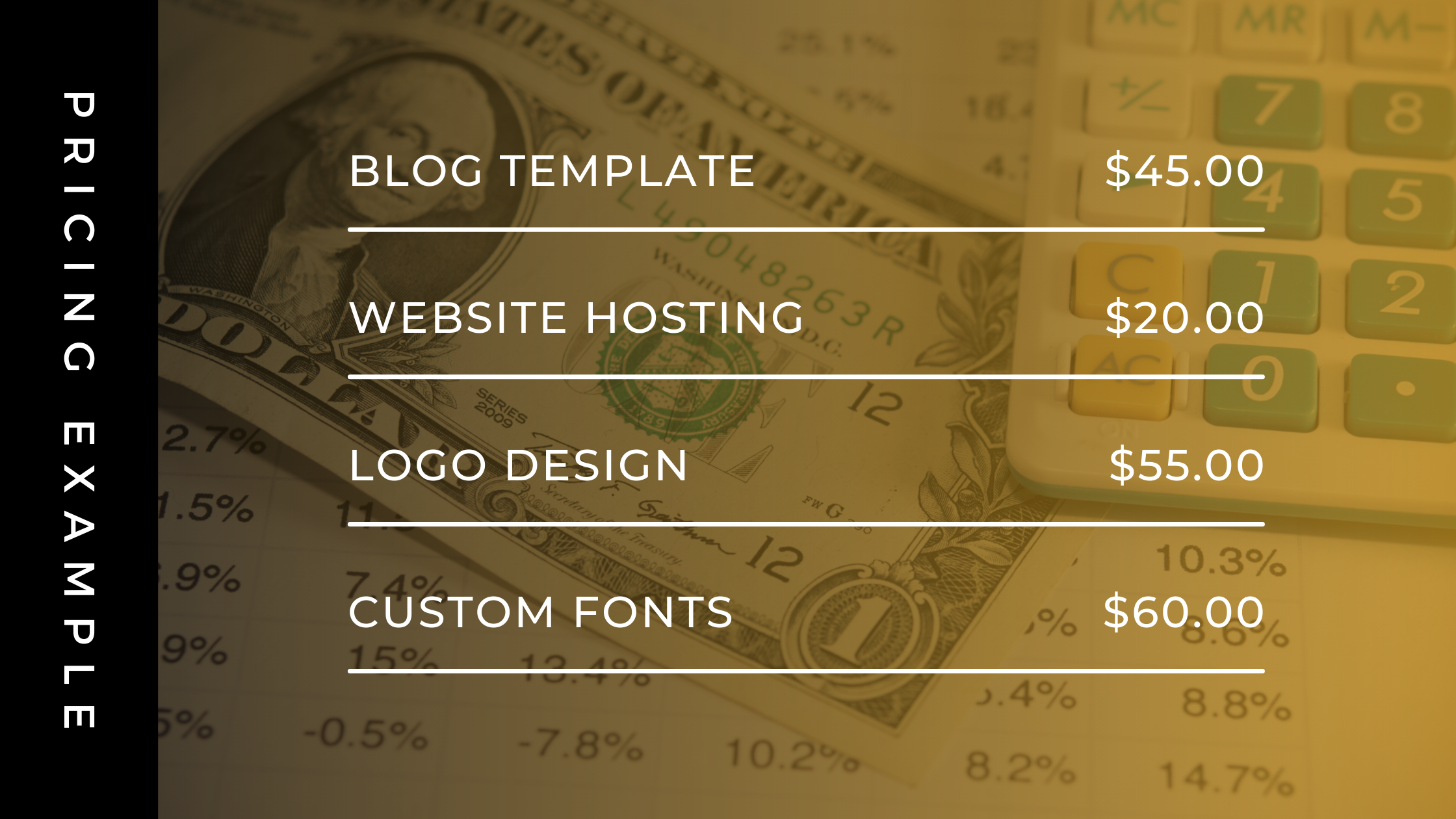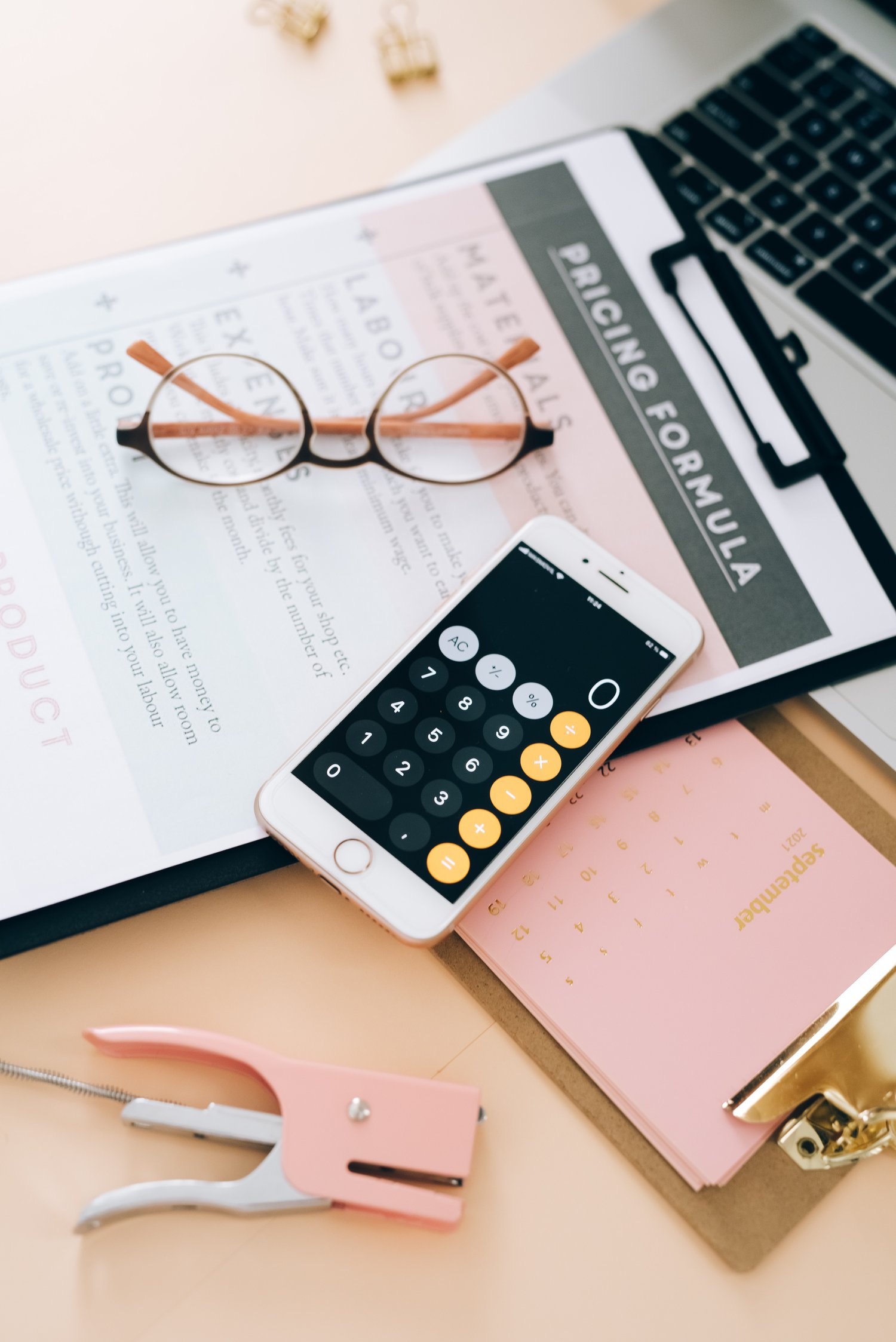Photo by Leeloo Thefirst: https://www.pexels.com/photo/calculator-app-on-smartphone-8970686/
My First Experience with Pricing
With pricing, my item came with the whole shebang! I didn't know where to start with pricing my products—should they be expensive, or is this too cheap? But also, I was on a costly platform that was $30/month that I loved so much with all the features and different great benefits it came with. When it came to pricing my items, I went with a high price. So at least if I sold one or two items, it would cover the monthly fee and maybe some of the extra shipping costs; I honestly forgot to mention this in the pricing too.
Also, with that, I actually knew a lot of information about my product too as time went by after throwing myself into just starting out of nervousness, thinking I may never start. As time went on, I started to realize that some of it were a little too high, but I also believed in my product. One thing I really needed to realize was that I was a company just starting out and really needed to build trust with customers. And if I think of myself as a customer, I don't like paying a lot for some things unless I know that the product is a great one and truly works. So, when it came to the pricing of my products, I should have never backed down because, even after doing research on my competitors, their prices were high, but they did not give as much information on their products or how in-depth I work as I did.

Pricing
When it comes to pricing your products, what should be included in your time, your knowledge of your product, material cost (how much the items you use cost for each product), shipping materials you use if you ship to the customer, manufacturing, overhead, and shipping cost, depending on the platform you use and how their systems work. Don't forget that you might try and see if you could at least make something back; if you don't get discouraged, keep going. Additionally, research your market and competitors to ensure your prices are competitive and reflective of the value your product provides.
You may get one customer that wants to pay more because they believe in you or let you have that leftover change. Just like every cent helps when it comes to groceries or gas, it's the same thing for your business. Finally, be sure to consider any external factors, such as economic trends, that may impact your pricing strategy. Remember, your pricing should be both profitable and attractive to potential customers. Or as you get familiar with your products as time goes on, depending on the customer's amount continuously. You can stay for every 10–20 customers you get; you are going to raise the price of your products.
That depends on your calculations and what your business is like. We all, of course, want our money back. Just don't get too greedy. That's what's wrong with the world now. But I say if you truly believe in your product, and someone complains that your pricing is high, that is okay! Keep doing what you're doing and standing your ground. We all complain about different products every day. Depending on how much we love or like the product and think it is worth it, we will pay a certain price for it.









Comments ()